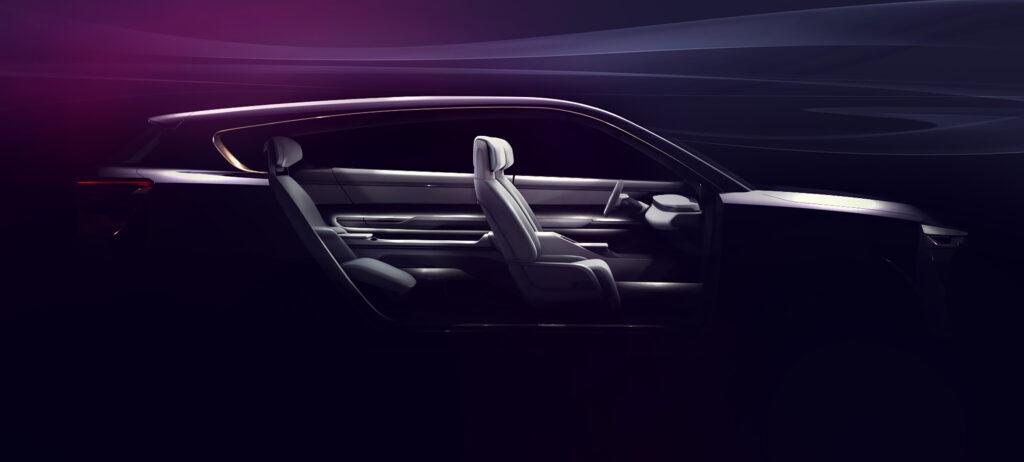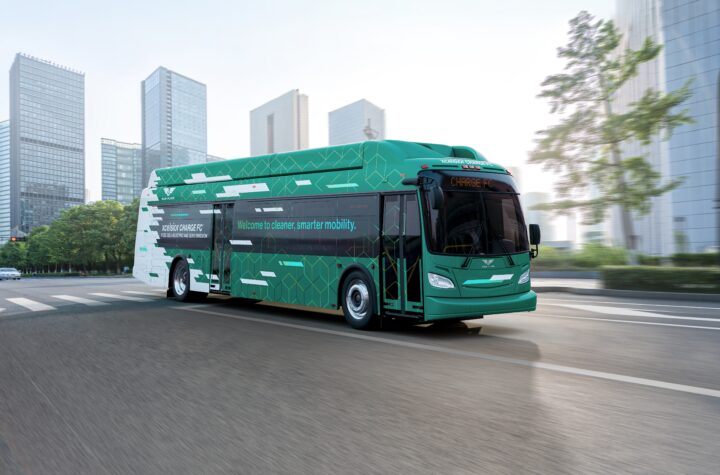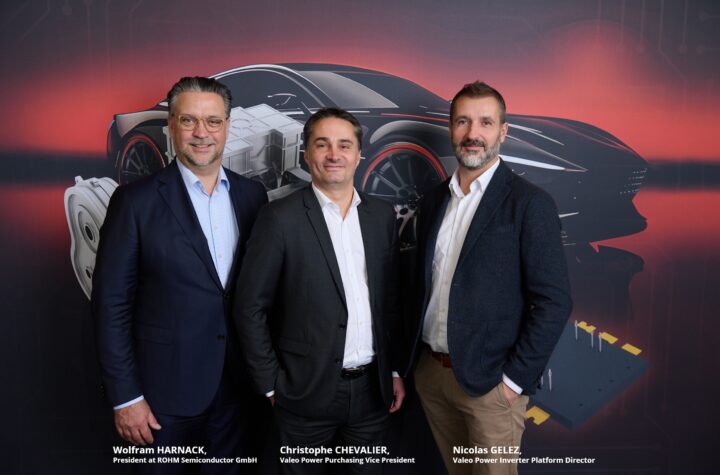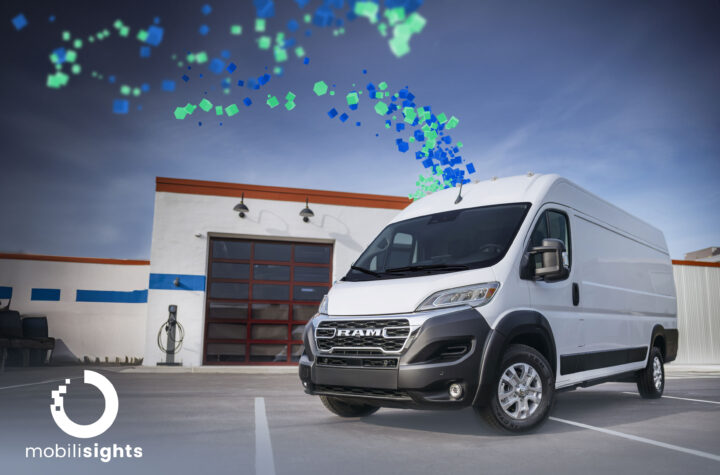
A preview of the XiM23.
Yanfeng, a leading global automotive supplier, has identified five, globally applicable aspects of luxurious experiences that can guide automotive manufacturers on the features, functions, and integrations needed to create a holistic luxury experience. These findings, defined by the company’s in-house Global User Research team, will inspire the XiM23 demonstrator vehicle, a vision of digital luxury, which will be presented in Europe for the first time in November.
Changing demographics, values, societal events, and trends are altering the traditional definition and expectations of luxury. Experiences have become more important than ever, as observed in the increased value of experiences over possessions. This trend has grown even more over the last few years and has impacted luxury.
“Society’s perception of luxury has changed. Before we can apply this renewed definition of luxury to automotive, we first need to establish a clear understanding of what creates a luxurious experience, what are users’ expectations, wants, and needs,” said Beth McGough, Senior Manager, Global User Research for Yanfeng Technology.
“Before we could look at how to create a digital luxury demonstrator vehicle, we needed the users’ perspective on what makes a luxurious experience in the first place,” explained Cathy Bailey, the company’s Senior Market Research Analyst.
Yanfeng’s Global User Research team conducted in-depth interviews with users from Germany, England, Spain, China, and the United States to better understand what creates a luxurious experience. Five key aspects of luxury were identified after carefully analyzing participants detailed descriptions of more than 200 “luxurious” experiences. These aspects of luxury were relevant across the global audiences interviewed: service, simplicity, personalization, comfort, and control.
Five Aspects of a Luxurious Experience:
- Service: Users expect friendly, genuine interactions where their every need is anticipated and met. When the needs and desires of the user are met perfectly for them, without having to ask, the user feels taken care of and special.
- Simplicity: Users expect effortless experiences. Every task and step must be simplified or offloaded to maximize user understanding and ease of access. In luxurious experiences it is critical for the user to disconnect from their everyday and relax, knowing immediately what to do and where to go, as if they are personally being guided.
- Personalization: Users expect that an experience and choices are based on an understanding and anticipation of their preferences. Users willingly hand over control and relax in a luxurious experience when they feel connected and trust in a product, service, or brand.
- Comfort: Users experience the space as an extension of their home like a “personal cocoon.” This makes them feel relaxed and completely disconnected from their hectic, everyday life. It also allows them to be present and fully enjoy the experience.
- Control: Users expect to set the pace or chart their course, making the decisions for what happens and when. They can also give up this control and allow things to be done for them if they choose, and they can take back control at any point in time.
Luxurious experiences rely on intelligent orchestration and infinite flexibility
of these five aspects
The findings concluded that each of the five aspects need to be present for an experience to be luxurious and that each aspect is dynamic, being fine-tuned and adjusted to be amplified or reduced to maintain the luxury experience. What the user experiences and expects from each aspect changes as the context of the experience changes.
“Luxury experiences are created when all five aspects are balanced perfectly to meet the end user’s needs,” explained Bailey. “If any singular aspect is off, the experience becomes average and is no longer luxurious.”
With society’s evolved definition of luxury, it is important for automakers to offer new value or benefits that will keep a vehicle luxurious over its life to continue meeting or exceeding user’s expectations.
“Digital technology has been considered a counterpoint to traditional luxury like two ends of a spectrum,” said McGough. “For premium automakers, the question has been deciding where on that spectrum to fall. Our findings bring clarity to this question. Luxury vehicles of the future should not be fixated on the physical features, functions, or integrations alone, but on the holistic experience those elements offer when combined with digital technology.”
Leveraging digital technology to anticipate and respond to users’ needs unlocks a truly luxurious automotive experience centered on the user. Technology enables the intelligent orchestration and the infinite flexibility needed to keep all five aspects of luxury maintained and optimized to meet users’ wants, needs, and preferences.
“The role each aspect of luxury plays is unique to every user and experience,” said Tim Shih, Vice President, Design and User Experience for Yanfeng Technology. “Weaving together traditional, premium features with the latest innovations and technologies will craft an in-vehicle experience that is greater than the sum of its parts, able to provide renewed value that reflects society’s changing definition of luxury. We used the results of this study to inspire our XiM23 concept car, which will be presented in Europe for the first time in November.”













More Stories
Hexagon Purus selected by New Flyer for the fifth consecutive year to supply hydrogen cylinders for transit buses in North America
ROHM Semiconductor and Valeo Co-Develop the Next Generation of Power Electronics
Mobilisights enhances vehicle safety and efficiency using secure, embedded telematics from Stellantis.